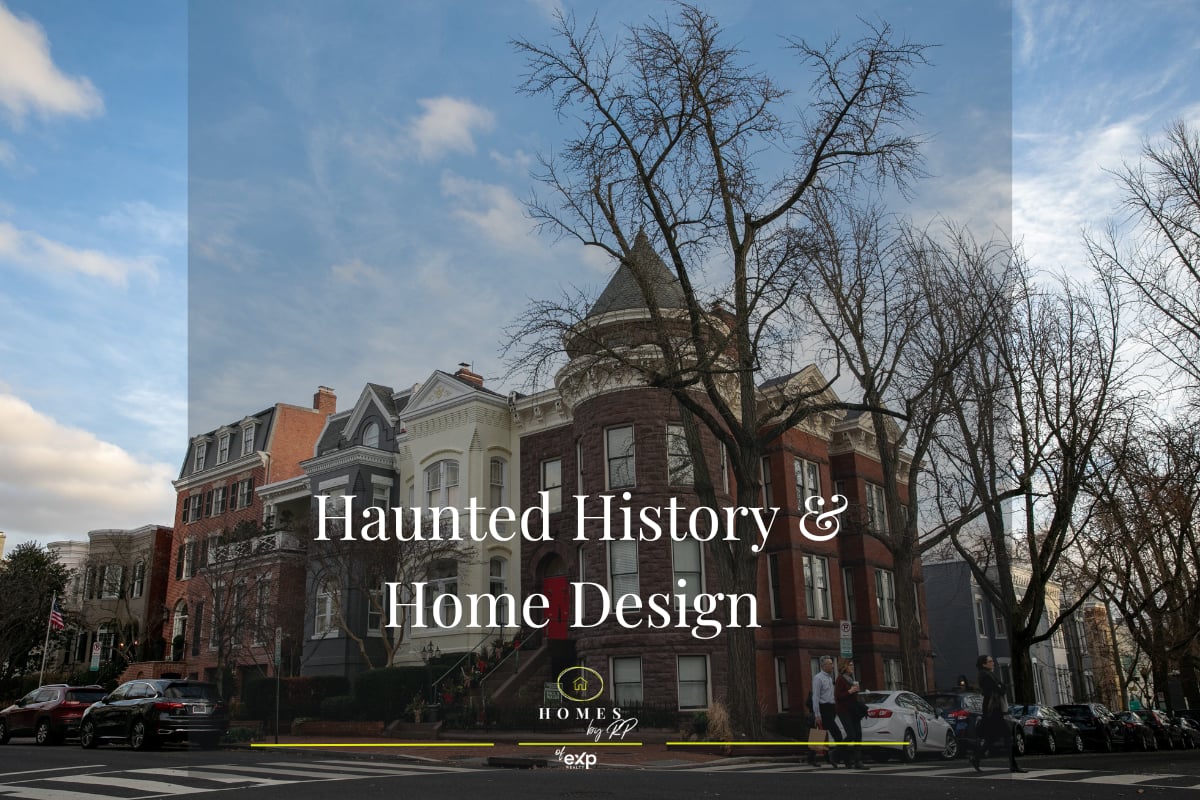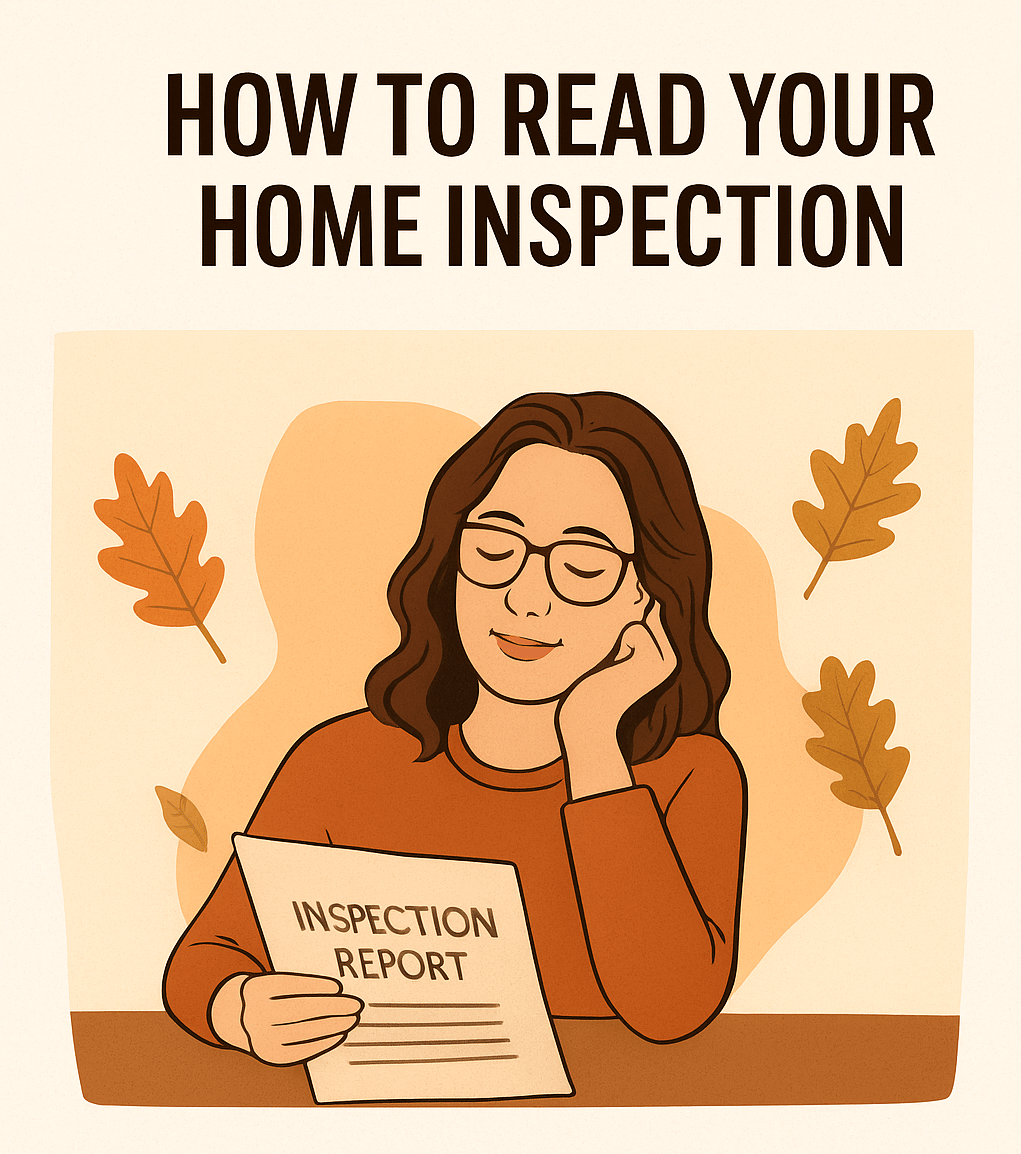Living on Your Terms
How Flexible Housing is Reshaping Real Estate in America
What if your next home didn’t come with a 30-year mortgage—or even a 12-month lease? What if you could move between cities, try out new neighborhoods, or downsize and upscale your lifestyle without the traditional real estate strings attached? Welcome to the age of flexible housing, where mobility, personalization, and freedom take center stage.
As Americans rethink how—and where—they want to live, flexible housing has exploded in popularity. From furnished micro-apartments and co-living spaces to build-to-rent neighborhoods and short-term rentals designed for digital nomads, this new housing model is shaking up real estate as we know it. But is it the future of housing, or just another trend? In today’s blog, we’ll explore what flexible housing means, the major players driving the shift, and how it could affect affordability, community building, and your next move.
What Is Flexible Housing and Why Is It Booming?
Flexible housing refers to living arrangements that offer shorter commitments, adaptable layouts, or bundled services tailored to modern lifestyles. Think of it like the Airbnb-ification of long-term living: furnished units, utilities included, and flexible lease lengths ranging from a few weeks to a few months.
This surge in interest isn’t happening in a vacuum. Remote work, rising rents, changing family structures, and a growing number of millennial and Gen Z renters are fueling demand for homes that match their dynamic lives. Why lock into a year-long lease or massive mortgage when you can live in a beautifully designed space with zero hassle and the freedom to move when you want?
Tech startups like Landing, Common, and Blueground are leading the charge, offering stylish, plug-and-play housing in major cities across the U.S. Meanwhile, traditional developers are catching on, launching build-to-rent communities with on-site amenities, maintenance services, and even social programming. It’s no longer just about where you live—it’s about how you live.
Who Benefits Most From the Flex Housing Model?
Flexible housing has become a game-changer for a range of demographics:
-
Remote Workers & Digital Nomads: People with location freedom can hop from one city to another without the stress of long-term leases or furniture shopping.
-
Young Professionals: With unpredictable career paths and potential job relocations, many prefer housing that adapts to their needs.
-
Empty Nesters & Retirees: Downsizing and exploring new communities becomes easier when you're not tied to traditional ownership.
-
Corporate Transplants: Companies can house employees on short assignments or during relocations without committing to corporate leases.
And let’s not forget the growing appeal for people going through life transitions—divorce, travel, starting a business—who need the flexibility that conventional housing simply can’t offer.
How It’s Changing the Market—and the Rules
The rise of flexible housing is prompting cities and real estate developers to reassess zoning laws, rental regulations, and even what constitutes a “home.” Build-to-rent single-family neighborhoods—now one of the fastest-growing housing segments—are already reshaping suburban real estate.
Flex housing also brings new challenges:
-
Affordability: While convenient, many flex housing options charge a premium for the bundled services and amenities.
-
Community: Constant turnover can weaken neighborhood bonds, especially in co-living or short-term units.
-
Regulation: Local governments are still catching up, leading to gaps in tenant protections and property tax clarity.
Yet for all its complexity, flexible housing reflects a real need in today’s market: options. People want choices, not just in price, but in how their living space fits their lifestyle, values, and plans.
Buying vs. Flexing: What’s the Better Investment?
So, how does flexible living compare to buying a home? The answer depends on your goals.
Buying a home offers long-term financial benefits: equity, stability, and the ability to customize and build wealth over time. It’s ideal for those planting roots or seeking investment opportunities. On the other hand, flexible housing offers unmatched freedom and convenience, especially if you’re uncertain about your job, location, or lifestyle.
But there’s also a new hybrid model gaining traction: co-ownership. With companies like Pacaso, buyers can purchase a share of a luxury second home and enjoy true ownership, without taking on the full cost or responsibilities. Pacaso manages everything from maintenance to scheduling, allowing co-owners to enjoy high-end living in top destinations, several weeks per year. It’s a modern, more affordable way to experience the benefits of owning without the full-time commitment. For those intrigued by ownership but not quite ready for a traditional mortgage, co-ownership might be the perfect fit.
It doesn’t have to be either/or. Many people start in flexible rentals to explore cities or neighborhoods before making a purchase. If you’re not ready to buy today, flexible housing or co-ownership might be the perfect stepping stone. And when you are ready to invest in a place of your own—well, you know who to call.
The Future of Real Estate Is More Personal Than Ever
The way we live is changing fast, and the real estate industry is finally catching up. Flexible housing is more than a buzzword; it’s a reflection of modern priorities: mobility, freedom, efficiency, and experience. And with emerging concepts like co-ownership, the real estate world is becoming more inclusive and creative than ever before.
Whether you’re a renter seeking more control, a buyer waiting for the right moment, or a curious homeowner exploring your next move, the key takeaway is this: housing isn’t one-size-fits-all anymore.
Have you tried flexible housing? Are you considering co-ownership? Drop your thoughts in the comments—we’d love to hear your experiences. And when you’re ready to talk real estate with experts who understand both modern trends and timeless value, we’re here for you. Let’s find the living solution that fits you best.
a




